Hemiplegia versus Hemiparesis After a Stroke
Hemiplegia and hemiparesis are two terms that get thrown around a ton when talking about stroke. They are often times used interchangeably however, they have two different meanings. With that being said, I wanted to clear up any confusion on these two terms as well as explain a little bit about how this effects someone’s ability to move after a stroke.
What is hemiparesis?
Hemiplegia is mild weakness or mild loss of function on one half of the body
What is hemiplegia?
Hemiparesis is severe weakness or complete loss of function on one side of the body
What causes hemiplegia and hemiparesis?
The brain and spinal cord (together) is the main “hub” that pretty much controls every function of the body.
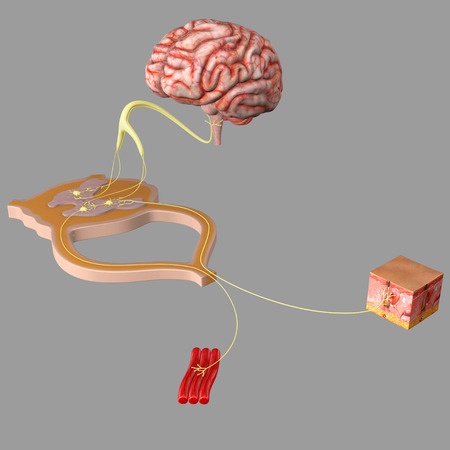
Each area of the brain being responsible for a different function.
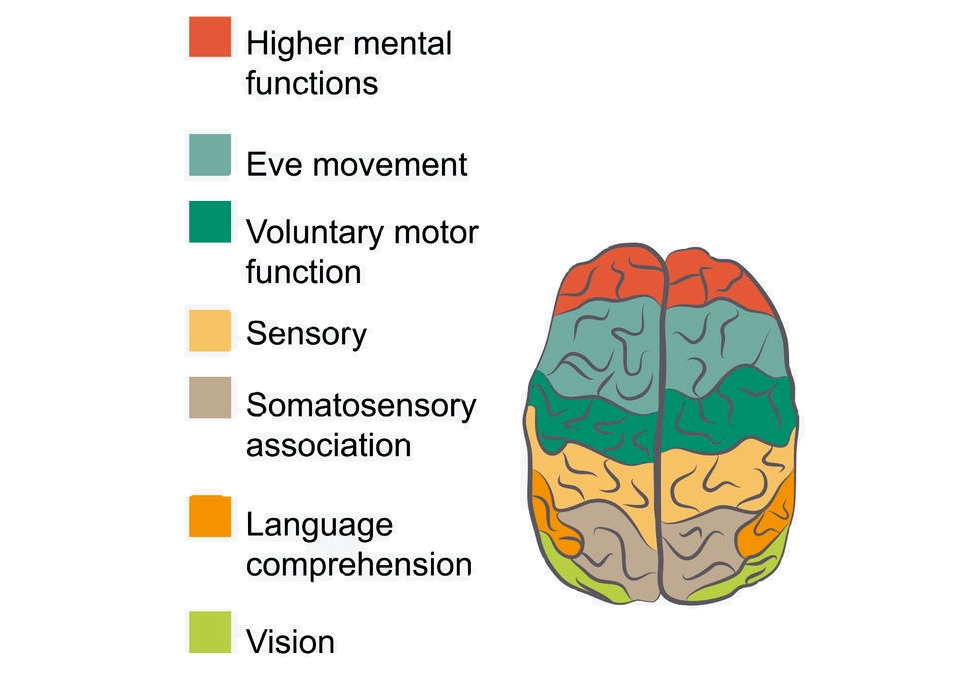
The spinal cord does two things. One it carries messages from the brain to the rest of the body. The second responsibility of the spinal cord is to serve as a “local” controller. In other words, the spinal cord is responsible for any function that needs to happen quickly. One example of this are reflexes. The spinal cord must sense danger (a hot stove) and respond quickly by pulling the arm away. A function such as this is done by the spinal cord.
With all that being said, any damage to the brain or the spinal cord will cause a loss of body function. Now, the brain is divided up into right and left hemispheres. The right hemisphere controls the left side of the body and the left hemisphere controls the right side of the body. Hemiparesis and hemiplegia are caused by damage to one side of the brain or the body.
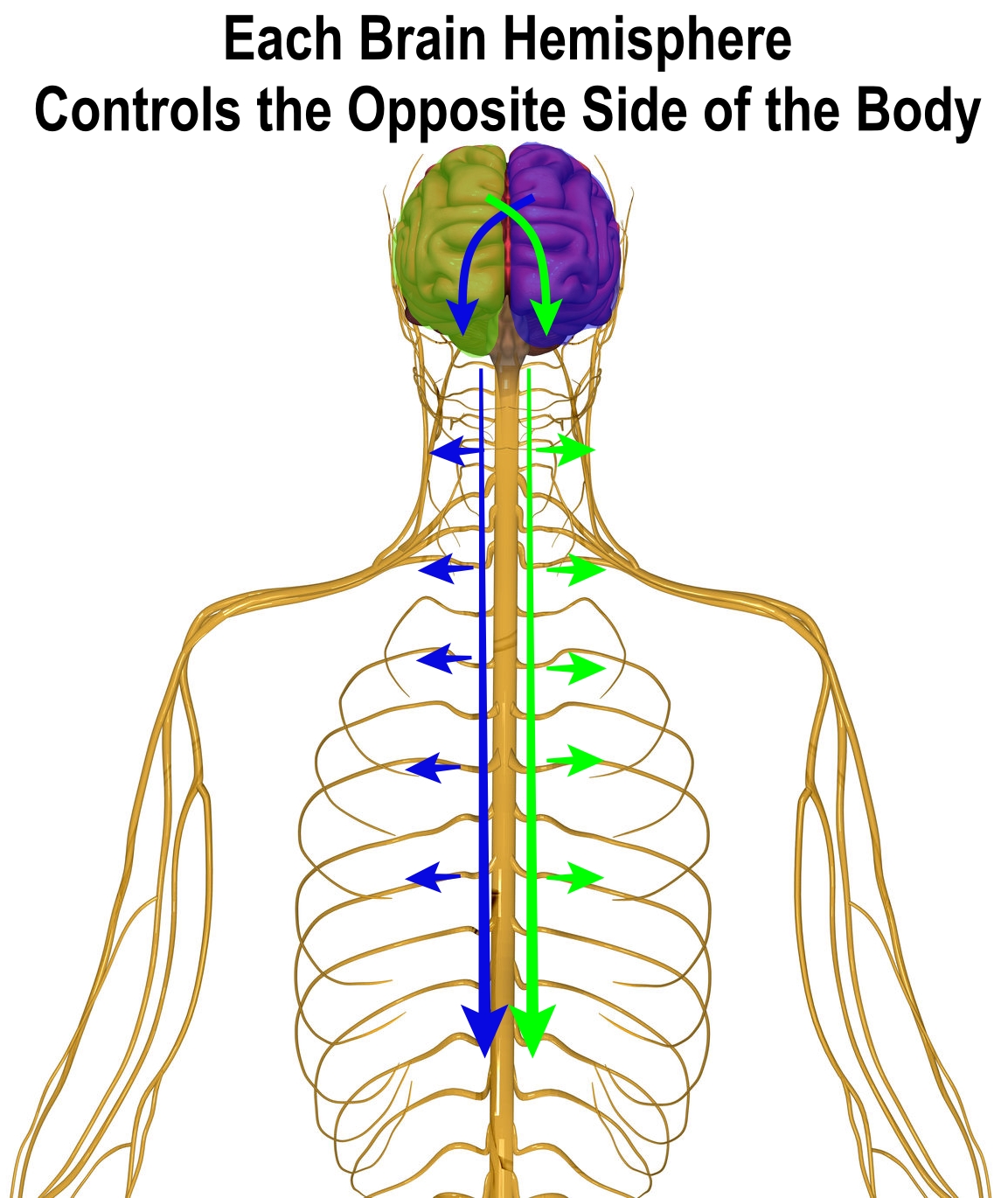
The most common cause of hemiparesis and hemiplegia is stroke. However, there are other conditions that can effect one side of the brain or spinal cord.
- Multiple sclerosis – if a lesion occurs on one side of the brain and not the other
- Cerebral palsy
- Traumatic brain injury
- Polio and post polio syndrome
- Muscular dystrophy
- Brain infection (encephalitis)
What are the symptoms of hemiparesis?
Hemiparesis is mild weakness or impairment on one side of the body. Symptoms may include:
- mild hand weakness
- mild leg weakness
- difficulty walking
- pain or abnormal sensation
- hemianopsia: loss of vision or impaired vision in one eye
What are the symptoms of hemiplegia?
Symptoms of hemiplegia are more severe and is the complete loss of function on one side of the body.
- difficulty swallowing
- difficulty breathing
- difficulty speaking
- impaired bladder and bowel function
- the inability to control one side of the body
What is the treatment for hemiparesis and hemiplegia?
Hemiparesis and hemiplegia are symptoms of a serious medical condition. So the first step in treatment is to get the bigger medical condition under control. Once someone is medically stable, now you can start addressing the symptoms of hemiplegia.
Physical Therapy – Physical therapy will help to restore motor control (movement). A physical therapist will also assist in mobility training (walking, standing, getting in and out of bed..etc)
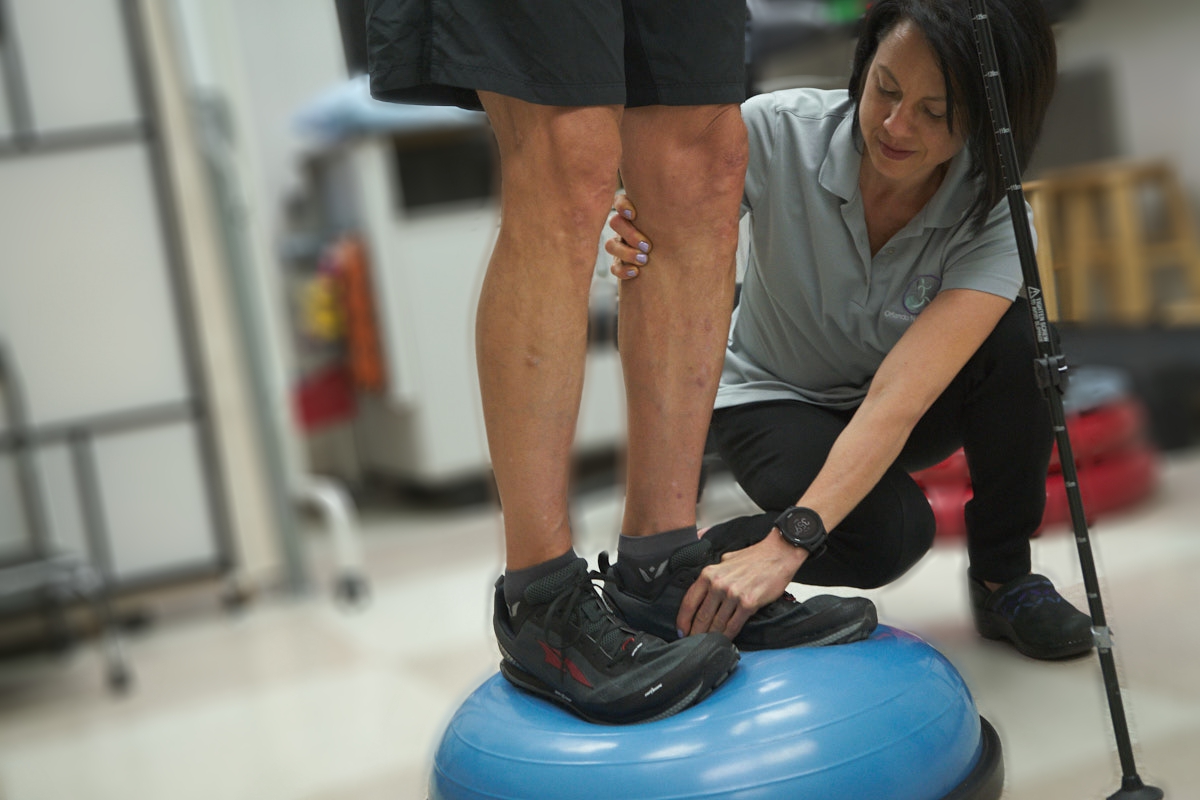
Occupational Therapy – Occupational therapy will help with relearning activities of daily living (dressing, bathing, grooming..etc).

Adaptive Equipment – Sometimes some adaptive equipment can help to give your more independence with activities of daily living. A therapist might also recommend a device to help with walking.
Bracing – Bracing is sometimes necessary to help with something such as foot drop
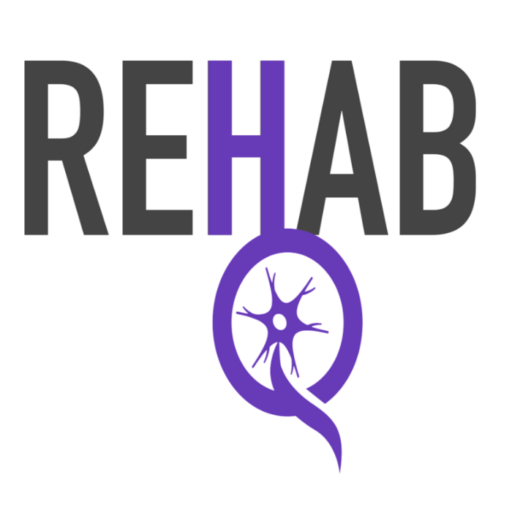
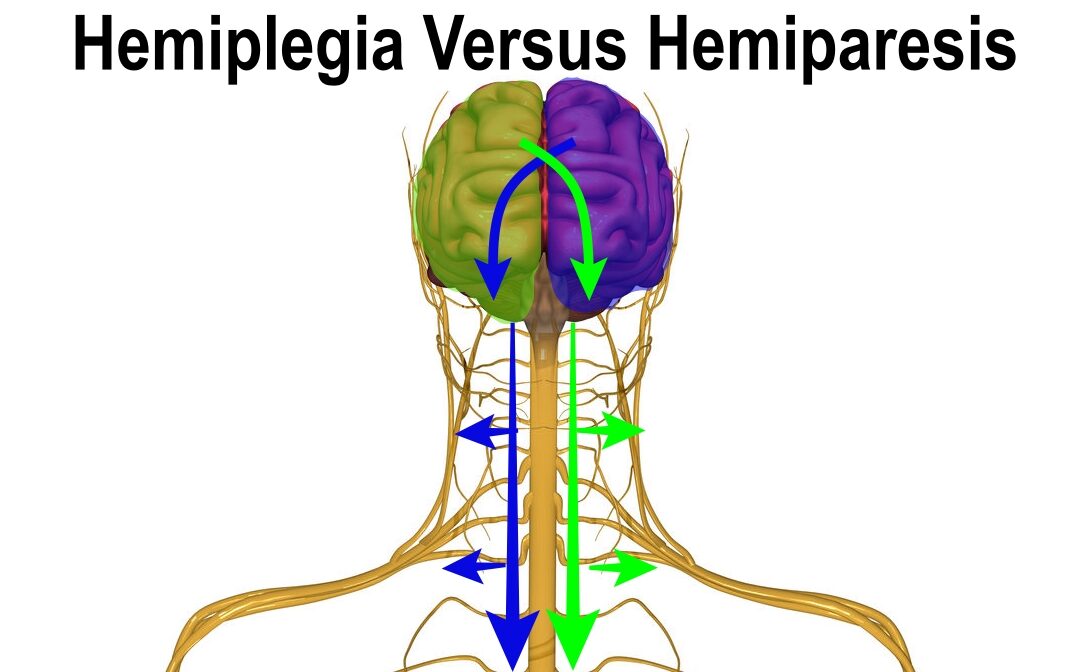
Dr. Tara, why in the definition (above) hemiplegia is mild, meanwhile hemiparese is severe, but in the explanation about symptom (below) hemiplegia is more severe, meanwhile hemiparese is mild? Which are correct?
That is my mistake! My apologies, I corrected my error
dear madam, thanks for important information.I am patient of hemiplegia . I am
doing walking exercise and seeing your videos. main points of your video should be
written on shape would be better because most of the people miss main point.I appreciate your service and pray for your success for ever
Dr Tara, I have been following your YouTube video for awhile and I find them very informative and valuable. I like your article above and it gives me a lot of encouragement and good ideas. I have walking condition for the past three over years and I have not suffer from stroke based on the MRI results and the neurologist. The neurologist term my condition as spasticity paralysis. I was told that my condition is opposite of stroke patient as I have involuntary muscle contraction which leads to muscle tightness around my hip, thigh and lower limp. When I walk I have difficulty to lift up my right leg and most of the time I also experience drop foot condition. The condition occurred to me suddenly and gradually I lost my ability to run and walk properly. Currently I have follow the program provided by my physiotherapy and using a walking aids like walking stick and four wheels walker. Appreciate your comment and advice.